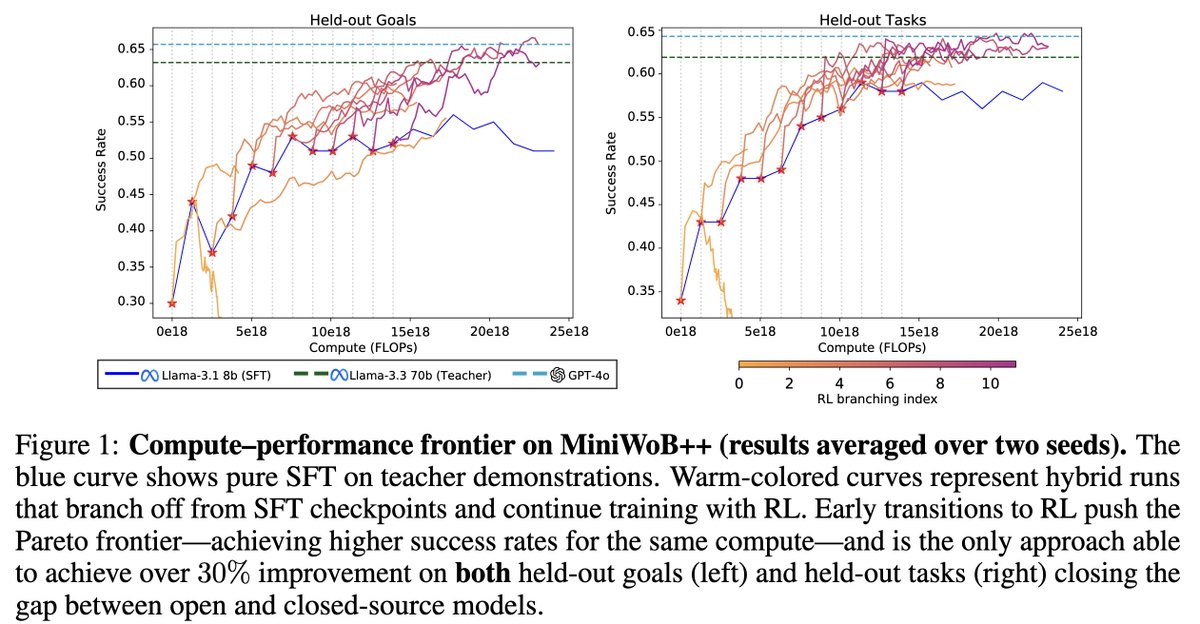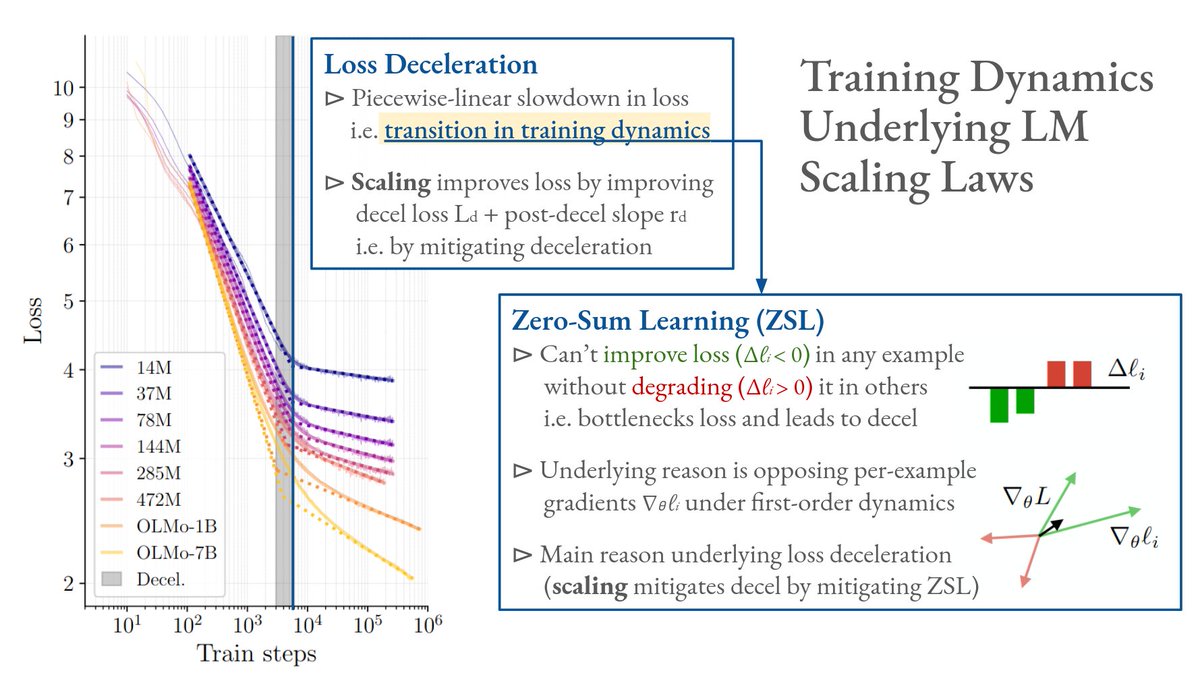
Benjamin Thérien
@benjamintherien
Ph.D. student at UdeM & Mila | Continually pre-training LLMs & creating learned optimizers that generalize
ID: 1060314964718772224
https://github.com/bentherien 07-11-2018 23:36:02
174 Tweet
252 Followers
436 Following

Inspired by “minimal implementation“ projects in AI such as Andrej Karpathy’s nanoGPT, I worked to bring this concept to the HPC world! I’ve built a minimal implementation of an MPI library called nanoMPI, which focuses on clarity, simplicity, and easy installation.





our paper on CPT of MoEs was rejected from #COLM2025 w/scores of 8775. the only reject said "I decide between 5 and 6". we emailed PCs, but just got "We are sorry, but the venue simply does not have the capacity to provide feedback at a more granular level." from Yoav Artzi. 🙁




🧵 Super excited to present at two ICML Conference 2025 workshops in Vancouver 🇨🇦🍁!


